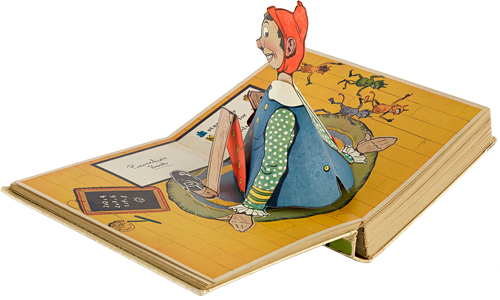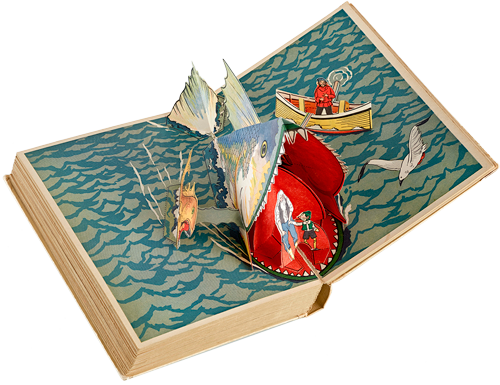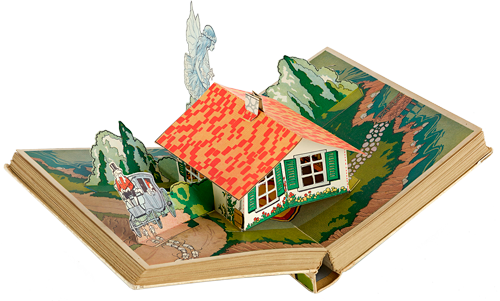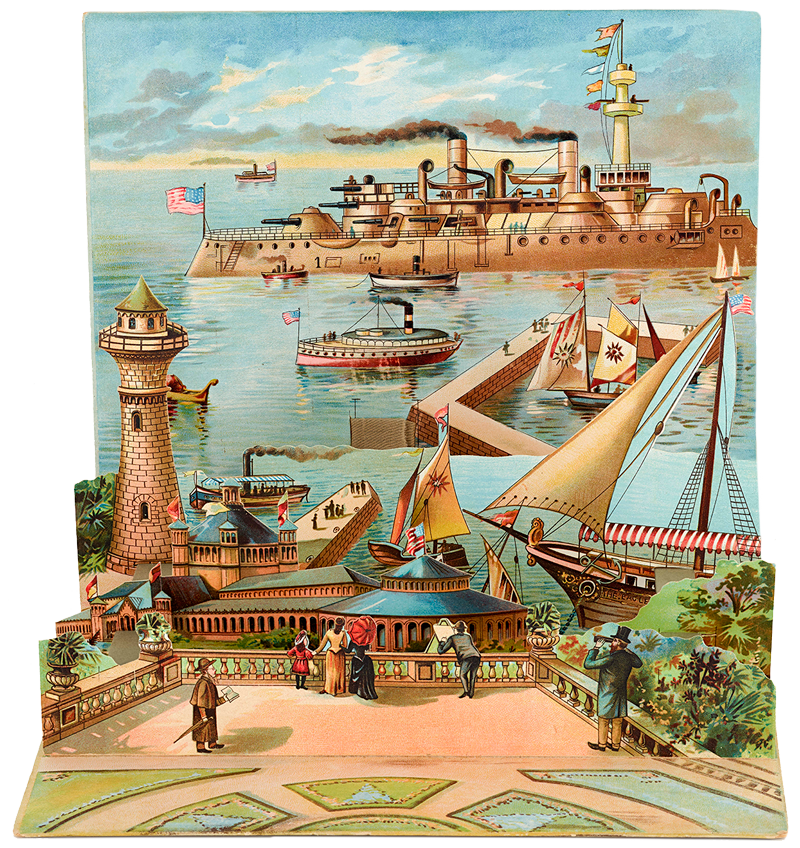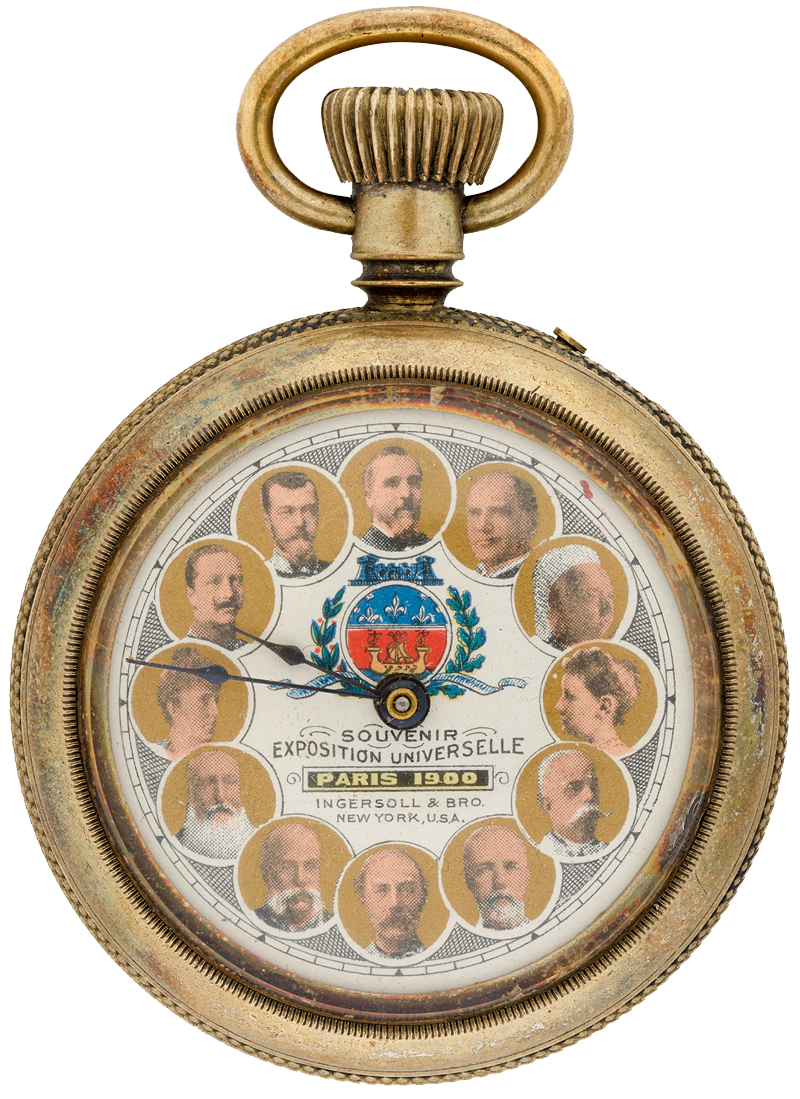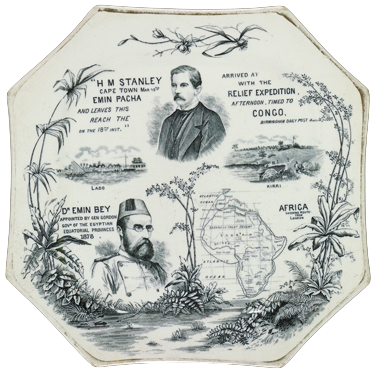Exploring Our World
Exploring Our World
Smithsonian Libraries’ collections trace the evolution of the American experience, from the food Americans ate to the products they bought to the music they listened to.
Our collections include historic treasures and everyday items, such as comic books, cookbooks, and catalogs, which offer unique insights into daily life.
New museums, including the National Museum of the American Indian and the National Museum of African American History and Culture, have expanded our collections, amplifying the voices of under-represented communities and deepening our understanding of the past.
Smithsonian Libraries Collects
Comics and Cookbooks
Smithsonian Libraries collects all kinds of everyday items that you might not expect to find in a museum, such as comic books and cookbooks. These materials, known as ephemera, were never intended to be preserved. But they help us advance our understanding of the past and support the Smithsonian’s vast collections of material culture. Without the foresight of collectors, these materials might have been lost forever.
Wonder Woman
William Moulton Marston, a psychologist, created the superhero Wonder Woman in 1941 to provide a strong female role model for American readers. Marston’s own set of early comics featuring Wonder Woman was given to the Smithsonian Libraries by his wife Elizabeth, along with related correspondence about the character’s creation.
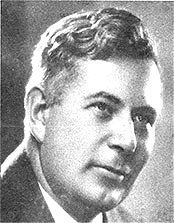
William Moulton Marston
Photo from Family Circle magazine, October 25, 1940, Smithsonian Libraries
Wonder Woman’s costume has long been the subject of heated debate. Dorothy Roubicek, one of the first female editors in American comics, sketched this suggestion for a less revealing alternative, which Marston’s editor forwarded to him with a note.
CHOW Collection
Cookbooks and other sources collected by the Culinary Historians of Washington, D.C., reflect the evolution of Americans’ tastes and eating habits and support the Smithsonian’s Food History Project.
Sensation Comics, no. 1
New York, January 1942
Wonder Woman made her cover debut in January 1942 in Sensation Comics, a series published by DC Comics. Courtesy of DC Comics
Standard Rice Company, Inc.
Recipe Book: White House Cereals
Houston, Tex., ca. 1930s
Gift of Sheila Riley and Ned Kraft to Culinary Historians of Washington, D.C. Collection.
A promotional recipe booklet for White House Cereals features recipes designed to be economical and nutritious.
Esso Standard Oil Company of Pennsylvania
Aunt Julia’s Cook Book
ca. 1930s
This promotional cookbook, distributed at Esso gas stations during racial segregation, features recipes credited to “Aunt Julia,” an African American woman pictured inside.
Kerr Glass Manufacturing Corporation
Short Cuts to Good Eating
Sand Springs, Okla., 1950
Gift of Sheila Riley and Ned Kraft to Culinary Historians of Washington, D.C. Collection.
A domestic guide to food preservation by Kerr Glass includes instructions and recipes for canning all kinds of foods—even steaks.
Why Do They Collect?
Lauris and Daniel J. Mason
Attracted by colors, shapes, movement, and nostalgia for the books they had growing up, Lauris and Daniel J. Mason purchased pop-up books at museum shops and flea markets, kick-starting their craze for collecting.
Pop-up books bring stories to life with colorful illustrations and moveable parts. Blue Ribbon Books trademarked the term “pop-up” in the 1930s for a series of books based on cartoon characters and fairy tales, including Harold Lentz’s rare pop-up version of the iconic children’s book Pinocchio.

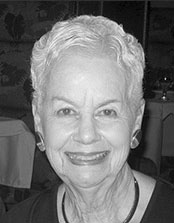
Daniel J. and Lauris Mason
Courtesy of Dr. Daniel and Lauris Mason
Why did He Collect?
William Henry Holmes
William Henry Holmes (1846–1933) had a passion for collecting and classifying information, including his own life experiences. Holmes was born the same year as the Smithsonian Institution, and would serve as curator of Anthropology there as well as the Director of what would become the Smithsonian American Art Museum. He compiled and annotated twenty volumes of scrapbooks chronicling his career as an artist and anthropologist, including his expeditions to the American West.
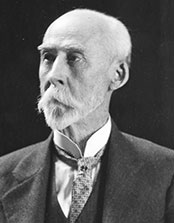
William Henry Holmes
Smithsonian Institution Archives
Holmes’s 1871 watercolor sketch of the National Mall depicts a now-defunct canal and the then-uncompleted Washington Monument.
Holmes sketched men fighting over the remnants of the U.S. Patent Office Building in Washington, D.C., after a devastating fire in 1877. Today, the building houses the Smithsonian National Portrait Gallery and American Art Museum.
William Henry Holmes
Random Records of a Lifetime, 1846-1931: Cullings, Largely Personal, from the Scrap Heap of Three Score Years and Ten, Devoted to Science, Literature and Art.
Smithsonian Libraries Collects
Ella Fitzgerald
The book collection of Jazz singer Ella Fitzgerald (1917–1996) offers a glimpse into her life and the artists and musicians she collaborated with. The January 1952 issue of French magazine Le Point from her personal library features such jazz luminaries as Earl Hines, Lionel Hampton, Mahalia Jackson, and Louis Armstrong.
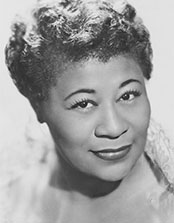
Ella Fitzgerald
Archives Center, National Museum of American History
Why Did He Collect?
Larry Zim
As a child, interior designer Larry Zim (1931–1987) attended the 1939 New York World’s Fair. His visit sparked a lifelong passion for collecting world’s fair materials including books and souvenirs, which he donated to the Smithsonian. Zim shared his passion for world’s fair materials with other collectors, including New Yorker Bernard Rosenfeld.
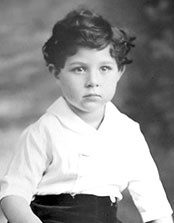
Larry Zim as a child
Courtesy of Fran Smyth
The World’s Columbian Exposition of 1893
The World’s Columbian Exposition of 1893, also known as the Chicago World’s Fair, commemorated the 400th anniversary of Christopher Columbus’s arrival in North America. The fair had a profound impact on industry, architecture, and the arts and inspired many tributes and souvenirs, including pop-up books.
1939–1940 New York World’s Fair
Billed as the “Dawn of a New Day,” the 1939–1940 New York World’s Fair promised a look at the “world of tomorrow” and the future of international trade and industry. New Yorker Bernard Rosenfeld, who, like Larry Zim, attended the fair as a child, shared Zim’s passion for collecting world’s fair memorabilia.
Exposition Universelle, Paris 1900
Both objects and books help researchers study the past. The Exposition Universelle held in Paris in 1900 inspired many souvenirs, including this pocket watch featuring portraits of world leaders, including Queen Victoria of Britain, Czar Nicholas II of Russia, and U.S. President William McKinley.
Smithsonian Libraries Collects
Catalogs
Catalogs may seem like an unusual thing for the Smithsonian to collect, but they are one of Smithsonian Libraries’ most popular collections. Researchers use catalogs to study a variety of subjects, including the history of American design, manufacturing, commerce, and home life.
Classic Comfort
A brochure advertising the Eames Lounge Chair and Ottoman, designed by revolutionary husband-and-wife design team Charles and Ray Eames, epitomizes the elegance of mid-century modern style.
Tupperware
Invented by Earl Tupper in the 1940s, plastic Tupperware was marketed as a money saver, food preserver, and organizational tool for the American homemaker. The product was sold through catalogs and home-based Tupperware parties.
Labor-Saving Devices
After World War II, a variety of labor-saving devices emerged that claimed to make housework more efficient and convenient. The Universal Electric Housewares catalog advertised such cutting-edge appliances as an automatic coffee machine and a combined sandwich grill and waffle maker.
Herman Miller Furniture Co.
Soft Seating
Zeeland, Mich., ca. 1956
The Eames Lounge Chair was so comfortable that when Charles Eames invited his friend filmmaker Billy Wilder to sit in it, Wilder apparently fell asleep.
Tupper Corporation
Tupperware: the nicest thing that could happen to your kitchen
Orlando, Fla., 1958
Landers, Frary & Clark
Universal Electric Housewares
New Britain, Conn., 1950
Why Did He Collect?
Russell E. Train
Russell E. Train’s experiences on safari in Africa in the 1950s inspired a deep-seated passion for wildlife conservation, which he shared with his wife Aileen. Train (1920¬–2012) dedicated his career to conservation, helping establish the African Wildlife Leadership Foundation, the U.S. World Wildlife Fund, and the Environmental Protection Agency, serving as its first administrator. The books and materials he collected document the history of Western exploration of Africa and Africa’s natural history.

Russell E. Train
Smithsonian Libraries
Welcome Home, Teddy!
In 1909, former President Theodore Roosevelt embarked on a Smithsonian-sponsored expedition to Africa. He brought back more than 23,000 specimens, many of which became part of the National Museum of Natural History’s collections. Roosevelt’s triumphant return was celebrated with a dinner and a commemorative book filled with cartoons and tributes.
Exploring Africa
Scottish missionary Dr. David Livingstone was one of the most famous explorers of his day. He marveled at Africa’s natural beauty but was appalled by the devastating effects of the slave trade. Russell E. Train collected six versions of Missionary Travels, including this one, which includes notes in Livingstone’s own hand.
A Plate, I Presume
British American journalist and explorer Sir Henry Moton Stanley was so well known that he appeared on souvenirs, including this plate commemorating his final expedition to Africa in 1887. Stanley is best known for his rescue of the explorer Dr. David Livingstone in 1871, but he returned to Africa on several expeditions.
Why Did He Collect?
William C. Strurtevant
William C. Sturtevant’s passion for anthropology began in third grade, after a class on American Indians. Sturtevant (1926–2007) devoted his life to studying Native peoples. As an anthropologist and curator at the Smithsonian’s Bureau of American Ethnology and the National Museum of Natural History, he helped develop modern American anthropology as a discipline. Sturtevant collected many books, which he donated to the Smithsonian to help advance research and scholarship.
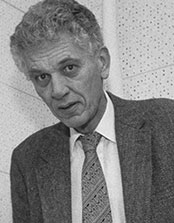
William C. Sturtevant
National Anthropological Archives,
Smithsonian Institution
At the Smithsonian’s Bureau of American Ethnology, Sturtevant played a key role in the development of modern American anthropology. Between 1879 and 1965, the Bureau published hundreds of volumes on American Indian life and culture, including this handbook.
Minnie Moore-Willson
The Seminoles of Florida
New York, 1910
William C. Sturtevant specialized in studying the Seminole people of South Florida, including their language, history, culture, religion, and medicine.
Frederick Webb Hodge, ed.
Handbook of American Indians North of Mexico
Smithsonian Institution Bureau of American Ethnology, 1907–1910
Smithsonian Libraries Collects
American Diversity
Smithsonian Libraries seeks to represent America’s diversity in our collections. We actively collect books written by—and collected by— people of color, including African American and American Indian authors and collectors. The personal perspectives offered in these books help us develop a fuller understanding of our nation’s complex past.

Barry Greenstein
Courtesy of Barry Greenstein
Barry Greenstein, a fourth-grade teacher, collected books by African American authors to share with his students during Black History Month. He donated his collection to the Smithsonian, including William Still’s book on the Underground Railroad. Known as “the father of the Underground Railroad,” Still helped nearly 800 former slaves escape to Canada and freedom.

Charles Beyah
Courtesy of Charles Beyah
Collector Charles Beyah developed a love of books at an early age. His fascination with African American history led him to collect rare books, including Poems of Cabin and Field by Paul Laurence Dunbar, the son of escaped slaves. Dunbar’s poetry is known for its colorful language and use of dialect.

Rayna Green
Courtesy of Theda Perdue
Cherokee scholar and Smithsonian curator Rayna Green’s passion for American Indian history and culture drove her to collect books by Native authors.
William Still
The Underground Rail Road
Philadelphia, 1871
Paul Laurence Dunbar
Poems of Cabin and Field
New York, 1899
Lee Maracle
Bobbi Lee: Indian Rebel. Struggles of a Native Canadian Woman
Richmond, Canada, 1975
Canadian First Nations poet Lee Maracle’s autobiographical account relates the racism and sexism she faced in Toronto as a young woman.

